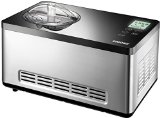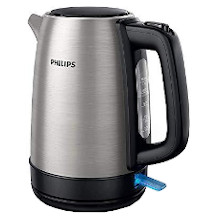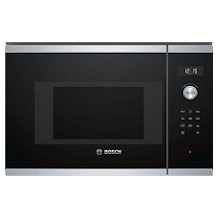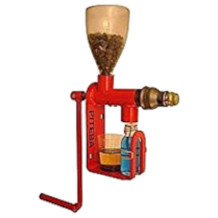Vacuum sealer purchasing advice: how to choose the right product
- The most important facts in brief
- A vacuum cleaner uses a pump to squeeze almost all of the oxygen out of the bag.
- To vacuum food and objects, you need special bags that are designed differently depending on the model.
- Vacuumed food not only keeps longer, but is also more compact and therefore easier to store.
- The wattage and pump power of an appliance provide information about its efficiency.
- Vacuum cooking or sous-vide is a popular method of cooking with vacuumed food.
For (half) eternity
Better too much than too little – a motto that is the order of the day in many kitchens. When you notice with a glance in the fridge that you have bought too much or wonder what to do with the leftovers from the day before, many foods are already threatening the rubbish bin. With a vacuum cleaner, there is no need to wastefully throw away food: It uses vacuum to seal food in an airtight container. This not only keeps them longer, but also makes them much easier to store.
Vacuum cleaners are used in both private and professional areas, such as catering and production businesses. The aims of their use always remain the same: to preserve fresh food for longer, to store leftovers and to portion and store pre-cooked food. Moreover, not only vitamins, minerals and nutrients are preserved, but also the aromas and taste. It doesn’t matter which food you vacuum seal: Fruit, vegetables, fish, meat, bread, cakes or other desserts; you can even seal soups and sauces in an airtight container. With liquid food, make sure that the vacuum cleaner does not soak up the food. Soft foods could eventually be crushed, so always be present during the vacuuming process to manually turn off the appliance if necessary. Whether it’s ready-cooked main dishes with garnish or raw ingredients, a vacuum cleaner will not only save you work, but also superfluous expenses, as food will keep longer and does not have to be thrown away.
The appliances suck the air almost completely out of the specially designed vacuum bags and ensure that the food has hardly any oxygen contact. This not only slows down the rotting process, but also prevents freezer burn if you store the food in the freezer.
Fire hazard
Freezer burn occurs when you freeze food in leaky containers where it can dry out. While freezer burn is not a health risk, it is associated with a tough texture and poorer taste.
Last but not least, you can use vacuum cleaners for something other than food. All smaller objects that you want to protect from dust and moisture as well as oxidation can be conveniently placed in vacuum bags. Depending on the size of the vacuum cleaner, you can even seal smaller items of clothing in an airtight and space-saving way.
Pro points
- Increased shelf life of food
- Preservation of vitamins, minerals and flavours
- No freezer burn
- Space-saving storage of food and objects
Drawbacks
- Soaking up of liquids possible
- Danger of crushing soft foods
How does a vacuum cleaner work?
A vacuum cleaner extracts the air from the bag using a pump. The special feature is that it is not only sucked out, but almost completely “pressed out” by means of a piston; this creates a negative pressure of up to minus 0.8 bar. In the resulting vacuum, the food stays fresh longer because the usual oxidation and decomposition processes are slowed down by the lack of oxygen. As soon as the piston pump has removed the air, the appliance seals the bag.
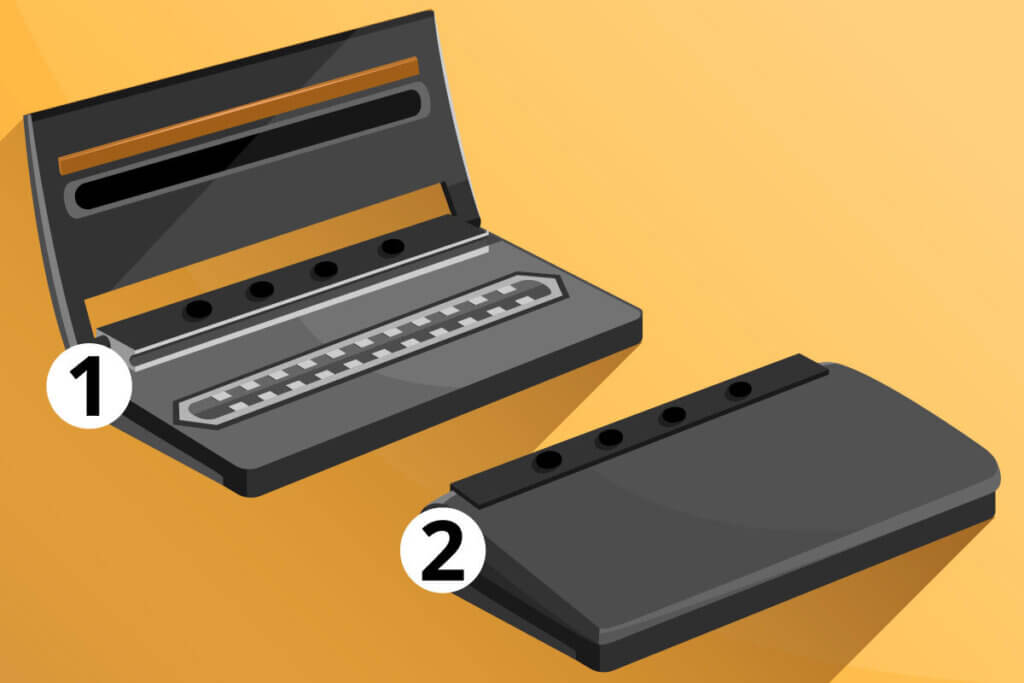
What is the difference between this and a film sealer?
A film sealer is used to seal various types of packaging, such as coffee packs or pasta bags. The difference to a vacuum sealer is that a film sealer only seals the bag. The contents are therefore hermetically sealed, but there is still air in the bag. In this way, you only increase the shelf life of the food by a few days without making it more space-saving. You can also use simple freezer bags with a film sealer, but remember that vacuum bags are too stiff for a film sealer. These bags are designed exclusively for vacuum sealers.
What to look for when buying a vacuum sealer
To vacuum perishable food efficiently, you need a device with the right power. Even though vacuumers work independently, you should always pay attention to the available extras and manual operation.
Wattage

For private, non-commercial use, a vacuum cleaner with around 100 watts is sufficient. A powerful device is usually more expensive and more intended for professional areas. The higher the wattage of a vacuum cleaner, the more effective and faster the device. So if you want to vacuum several bags in quick succession, you should choose a model with a high wattage.
Pump capacity

Vacuum cleaners work with a piston pump that presses the air out of the bag. Therefore, in addition to the wattage, the pump capacity is particularly important. The value is given in litres per minute and indicates how many litres the appliance can pump out of the bag within one minute. For a private household, a device with about ten litres per minute is appropriate.
Pressure regulation

If you want to vacuum seal various foods, it is an advantage if your appliance has different levels. The automatic programme is not always appropriate, especially for delicate and soft foods, as too much vacuum could crush them. If the pressure applied to the bag cannot be regulated, the appliance should at least have a stop button. This allows you to intervene and manually determine when the bag has been sufficiently vacuumed.
Weld seam

After the bag has been vacuumed, the machine seals it automatically. Most vacuum cleaners seal the bag with one seam. Some models do this with two or even three seams. This means that the food is packed more securely. Even if one seam comes loose, it does not come into contact with the ambient air. Optionally, you can create another seal manually by placing the bag in the vacuum sealer again after sealing.
Liquid separator

You should be particularly careful when vacuuming liquids. Since it can happen that the vacuum cleaner sucks the liquid out of the bag during operation, some models are equipped with a liquid separator. This prevents the liquid from getting inside and damaging the appliance. Some vacuum cleaners have a button that can be pressed to slow down the pump speed in order to vacuum the liquid carefully.
Some criteria are not essential when buying a vacuum cleaner, but they can make a difference in daily use:
- Overheating protection: This is available on most devices and prevents the device from becoming too hot. Before the vacuum cleaner overheats, it switches off automatically.
- Sealing bar: The sealing bar seals the vacuum bag. It is advantageous if it is coated with Teflon so that the bag does not stick to the heating wire.
- Noise level: The noise level of most vacuum sealers is about 65 decibels. This sound level corresponds to the volume of a sewing machine or a television set at room volume.
- Vacuum hose: You can connect a vacuum hose to some appliances. This is particularly useful for vacuuming solid food containers and liquids of all kinds.
Which vacuum bags do I need?
You need to use special vacuum bags for a vacuum cleaner. Conventional freezer bags are not compatible with the machines. Most vacuum bags are odourless, tasteless and free of plasticisers. Depending on the type of appliance, you will need a different type of bag: beam vacuum cleaners use bags with a honeycomb structure, chamber vacuum cleaners use smooth seal bags and for a hand vacuum cleaner you need bags with a zip closure. In addition, the bags should not be wider than the sealing bar of the vacuum cleaner. If you are vacuuming food with bones or bones, thick bags are particularly suitable as they are more tear-resistant. They should also be boil-proof if you intend to cook the food or heat it up in the microwave.
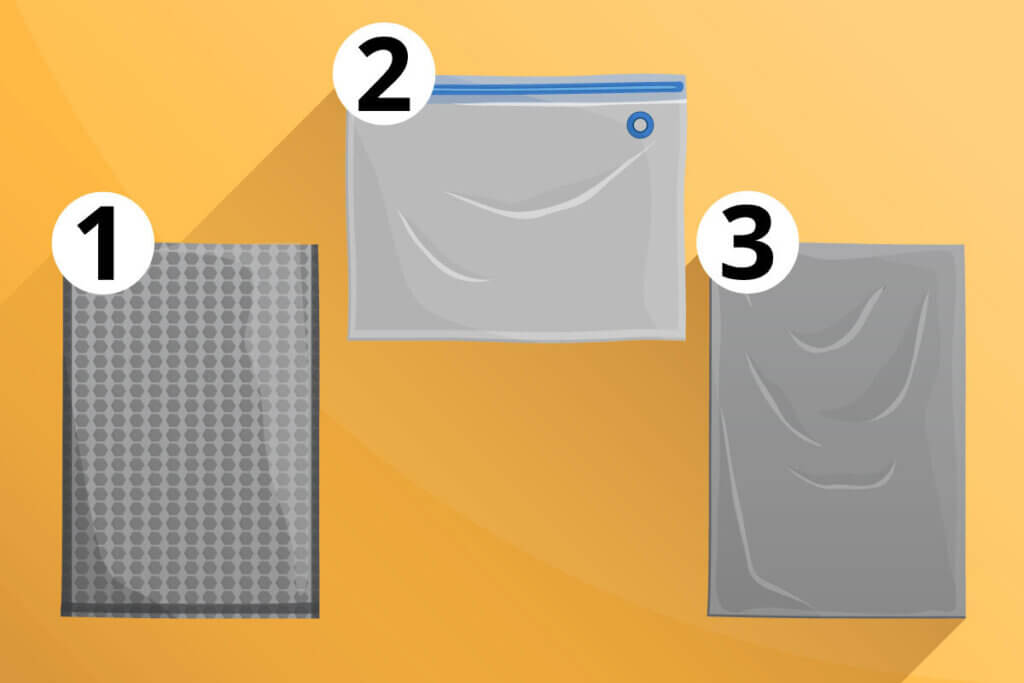
What alternatives are there?
Using vacuum bags only once is not very sustainable. That’s why it makes sense to buy reusable bags that are ideally dishwasher safe. However, only reuse the bags when you have cleaned them completely. A vacuum roll offers you the possibility to determine the size of the bag yourself. If your vacuum cleaner has a hose, you can also vacuum special plastic boxes. Bottles can also be vacuumed with special attachments: Screw the cap onto the bottle and attach the hose. This is how you make juices last longer.
The different types of vacuum cleaners
The models differ depending on whether they are used for private or professional purposes.
Bar vacuumers
These vacuumers are also called external vacuumers because you hold the bag against the sealing bar from the outside. Close the lid and select a programme. For a beam vacuum sealer, you need bags with a special structure, which is also called goffriert or gaufriert.
Pro points
- Easy handling
- Compact
- Suitable for domestic use
- No maintenance required
Drawbacks
- Vacuuming of liquids may be problematic
- Relatively low performance
Chamber vacuums
With a chamber vacuum sealer, you place the bag in the chamber that gives it its name, in which the appliance creates a vacuum. Almost all the air is then expelled from the bag. Since the chamber offers a lot of space, it is possible to vacuum several bags at the same time. In contrast to the beam or external vacuum cleaner, you need smooth bags here, so-called sealed bags. Due to their size, chamber vacuum cleaners are mainly used in professional areas such as restaurants or catering businesses.
Pro points
- Higher performance
- Vacuuming of several bags possible
Drawbacks
- High maintenance
- Larger space requirement
Hand-held vacuum sealer
The third type of appliance is particularly handy and light. You take a hand-held vacuum sealer in your hand and place it at the corresponding opening of the bag. For this you need special bags that have a circular connection point and a zip closure. Thanks to the closure, you can also use the bag several times. The devices are powered by a mains adapter or batteries. The vacuum result is comparatively poor, but it keeps the food inside fresh for a longer time. The light and compact versions are particularly suitable for travelling or camping.
Pro points
- Suitable for on the road
- Maintenance free
- Easy to use
Drawbacks
- Little power
- Low quality vacuum result
You can also marinate food much more effectively with a vacuum bag. Fill the bag with food and the marinade. Then vacuum seal the bag. The marinade is evenly distributed and the flavours are absorbed into the food more quickly.
Vacuum lasts longest
With a vacuum cleaner, you can increase the shelf life of your food by several days, if not months. However, always keep track of your vacuumed food. Because even in a vacuumed state, food has a different shelf life.
| Food at room temperature | Approximate shelf life “non-vacuumed” | Approximate shelf life “vacuumed |
| Bread | 2 to 3 days | 7 to 8 days |
| Biscuits | 4 to 6 months | 12 months |
| Wine | 2 to 3 days | 20 to 25 days |
| Non-alcoholic beverages | 7 to 10 days | 20 to 25 days |
| Foodstuffs in refrigerated storage | Approximate shelf life “non-vacuumed” | Approximate shelf life “vacuumed |
| Beef | 3 to 4 days | 30 to 40 days |
| Poultry | 2 to 3 days | 6 to 9 days |
| Fresh fruit | 3 to 7 days | 8 to 25 days |
| Raw vegetables | 5 days | 18 to 20 days |
| Food for freezer storage | Approximate shelf life “non-vacuumed” | Approximate shelf life “vacuumed |
| Meat | 6 months | 24 to 36 months |
| Baked goods | 6 to 12 months | 24 to 36 months |
| Fish | 6 months | 24 to 36 months |
With these handles, you can use your vacuum cleaner effectively and achieve the desired shelf life for your food:
- Vacuum the food as fresh as possible.
- Peel fruit and vegetables such as apples and potatoes before vacuuming them.
- Blanch gas-forming vegetables and fruits, such as asparagus, cabbage or beans.
- Freeze liquids in advance to prevent them from being absorbed by the vacuum cleaner.
- Do not vacuum cooked and raw food in the same bag.
- It is better to use several bags and not put too much food in them.
- Regulate the vacuuming process manually for pressure-sensitive food.
- Separate the bag cleanly so that you can vacuum seal it again afterwards.
- Avoid direct sunlight when storing food openly.
Caution, hot!
The sealing wire is still very hot after you have vacuumed and sealed a bag. So be careful when you hold another bag to the appliance or switch it off. Wait until the vacuum cleaner has cooled down before storing it in the cupboard if necessary.

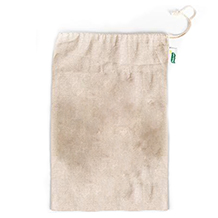
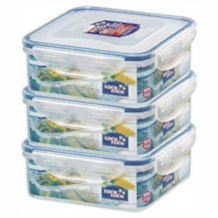
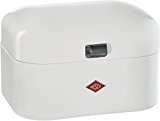
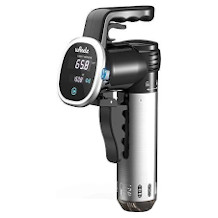
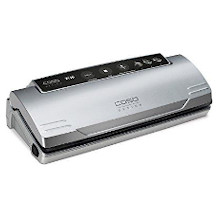

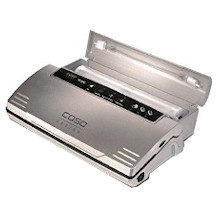
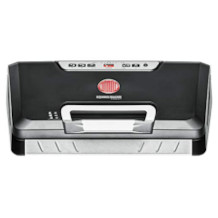
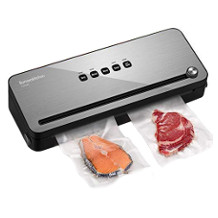


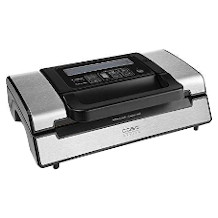
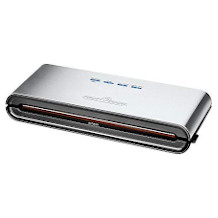

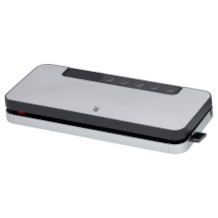



 17,168 reviews
17,168 reviews
